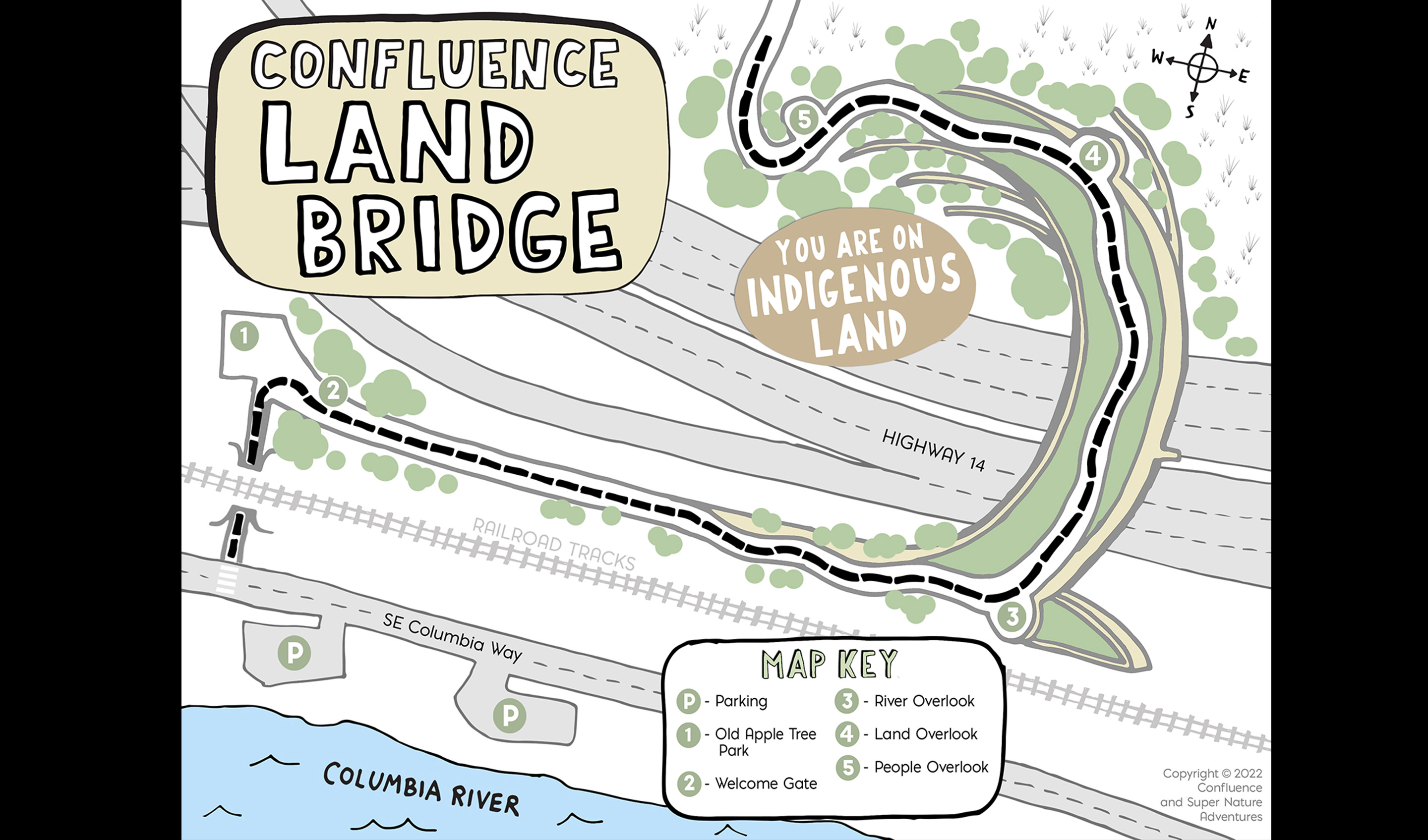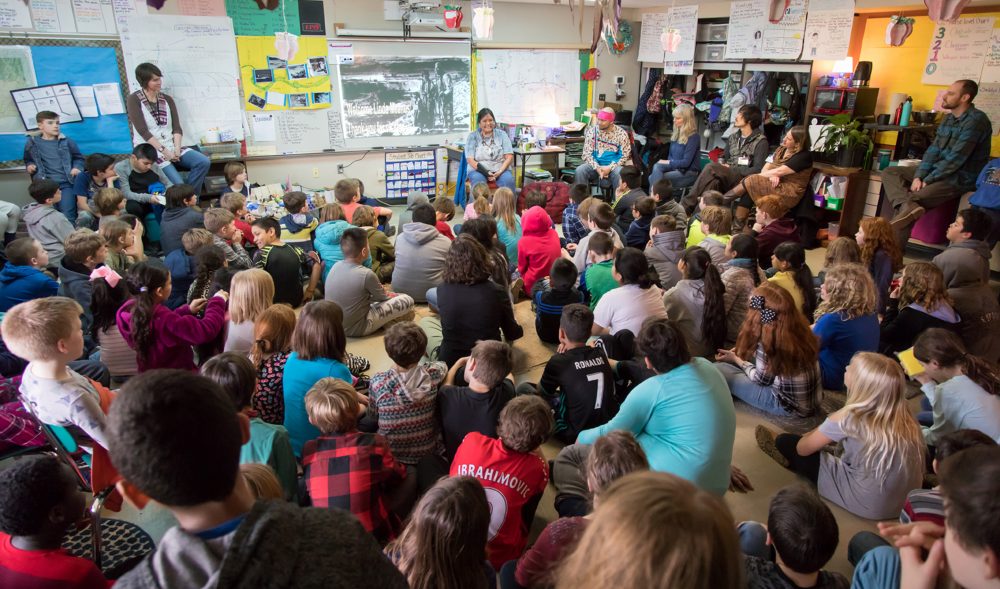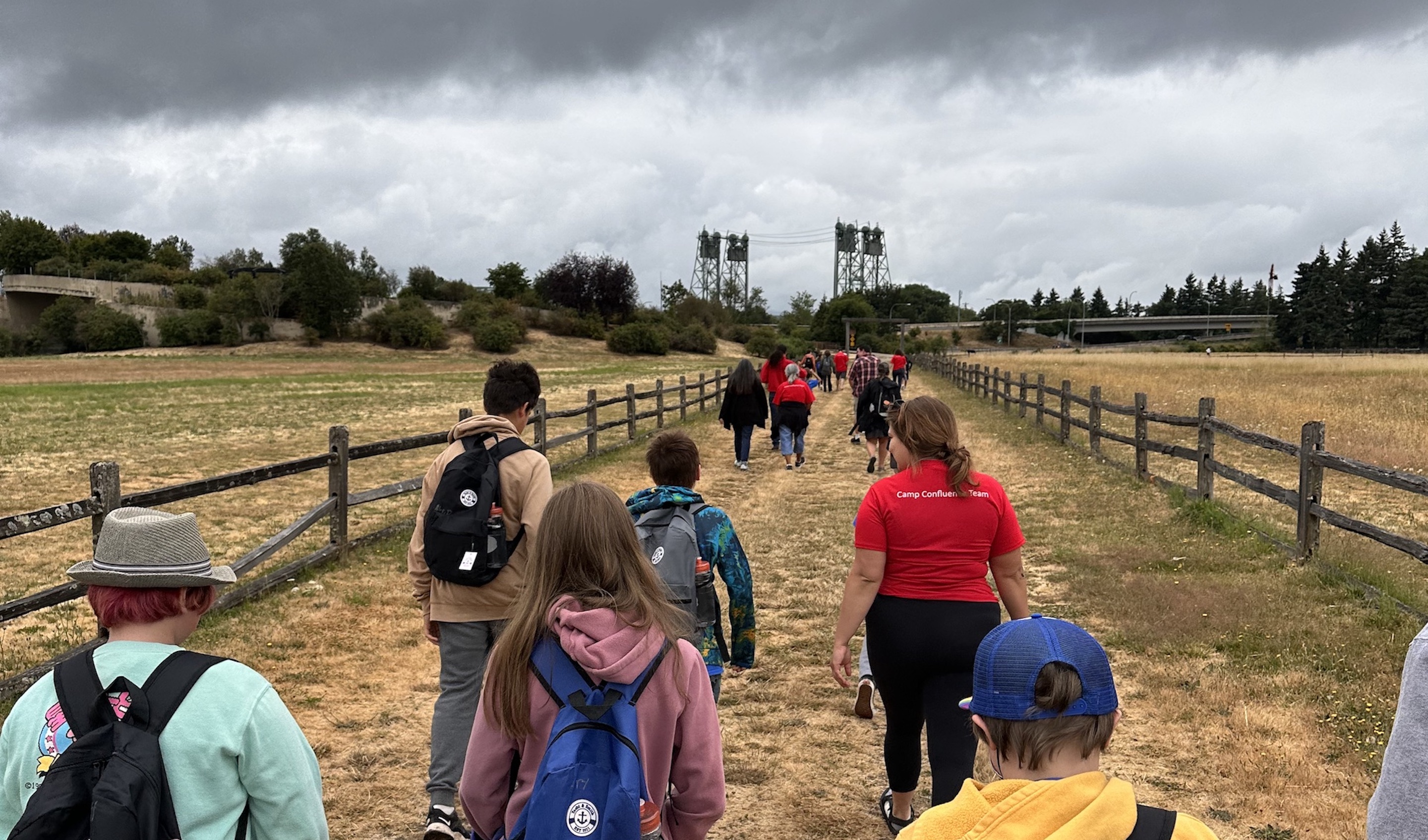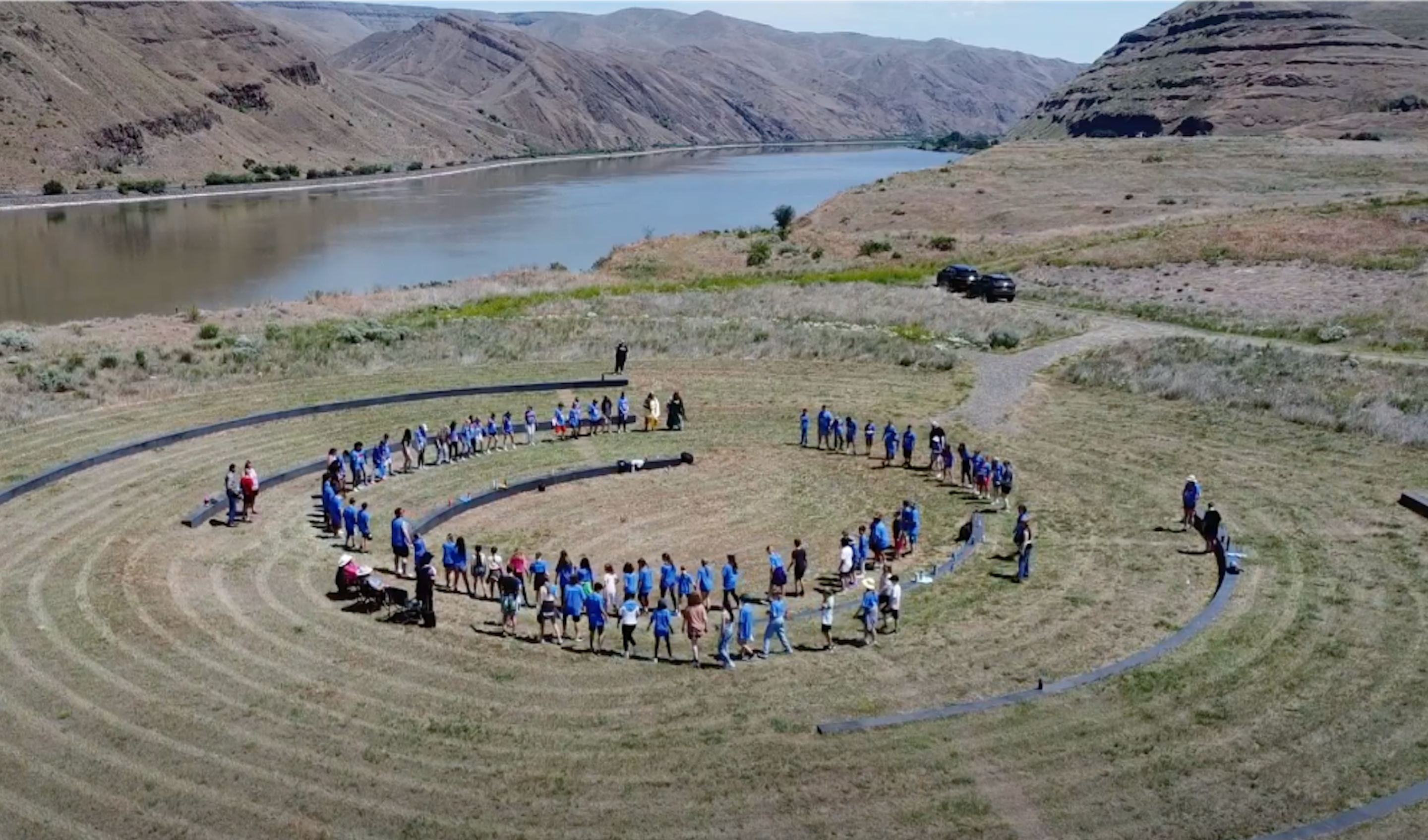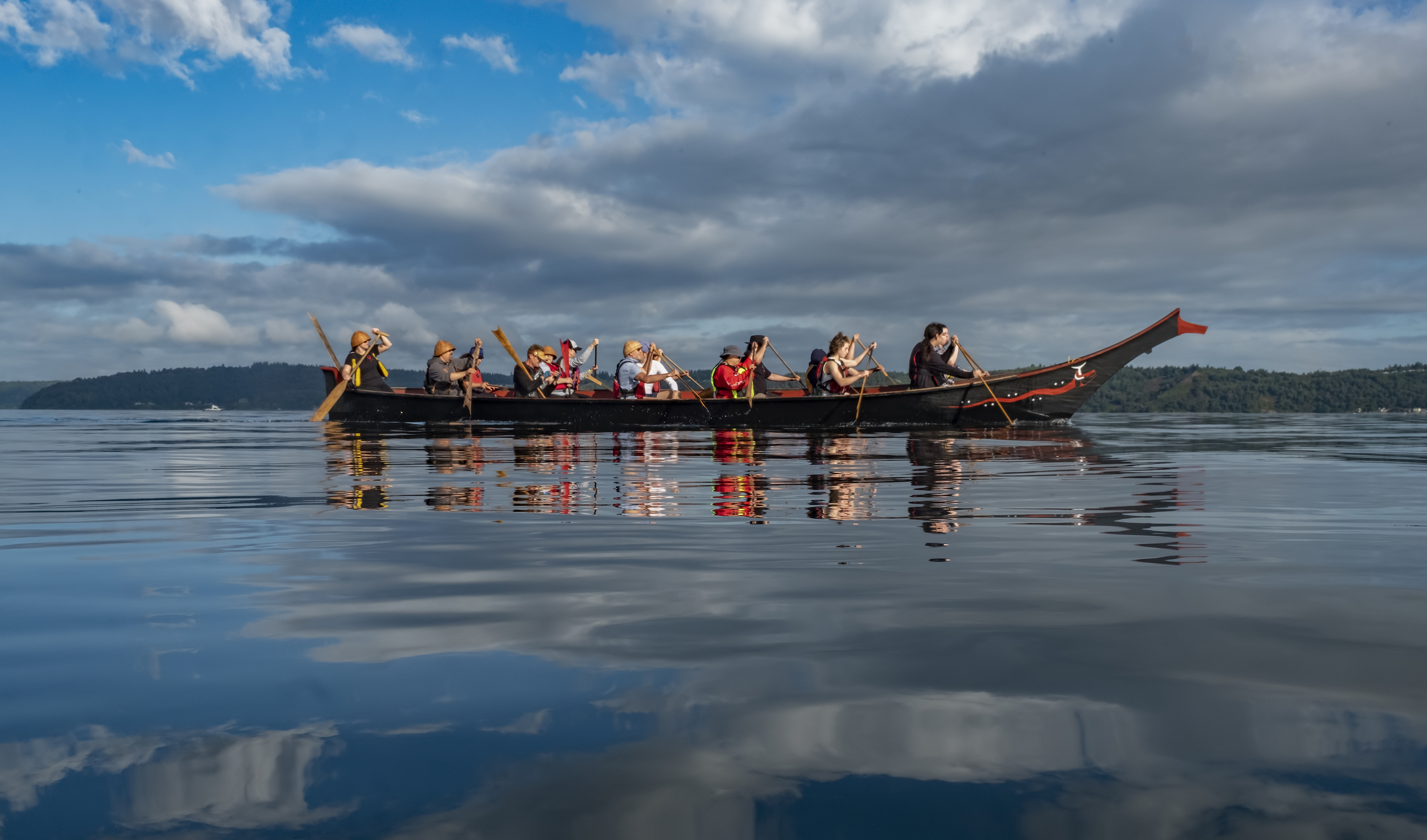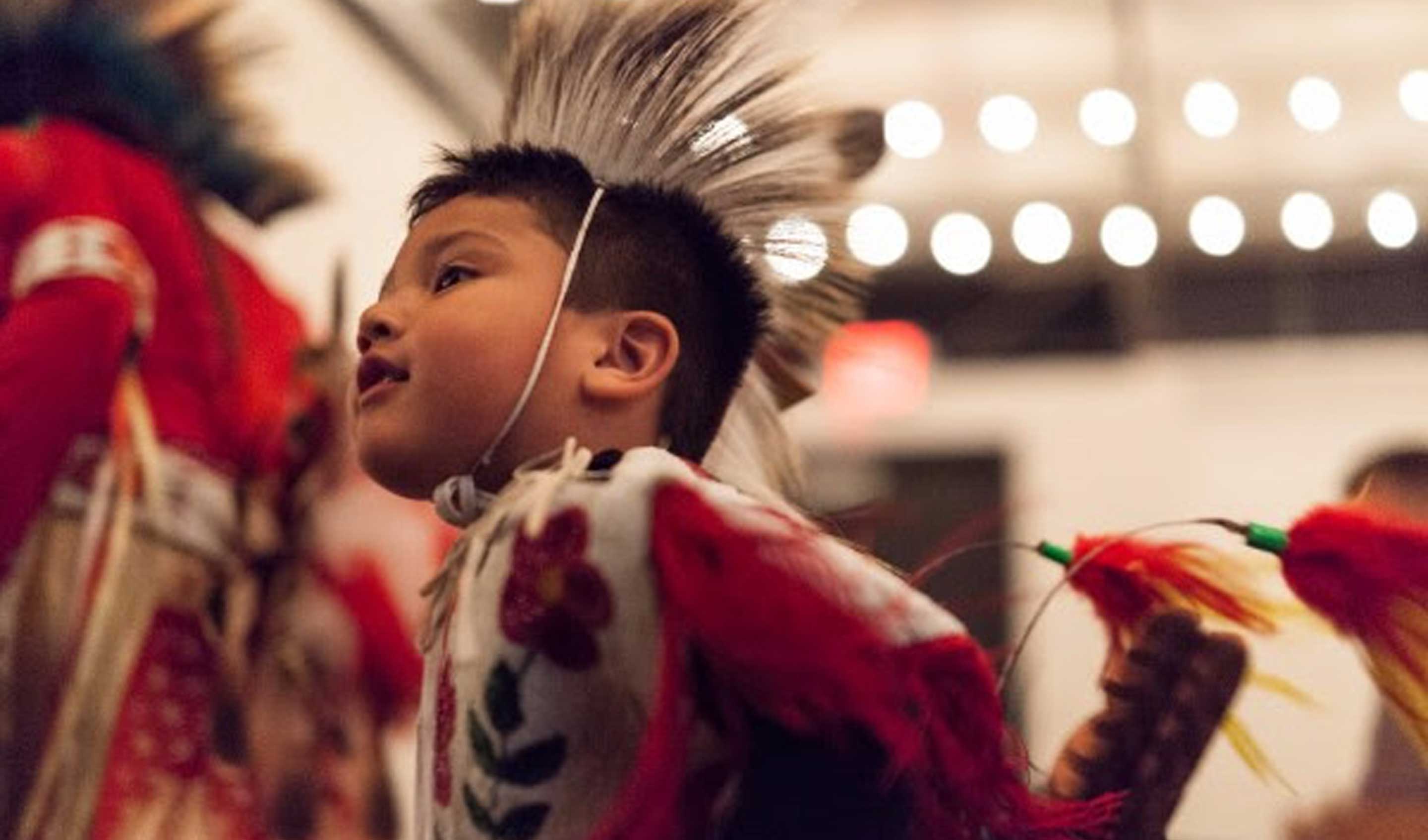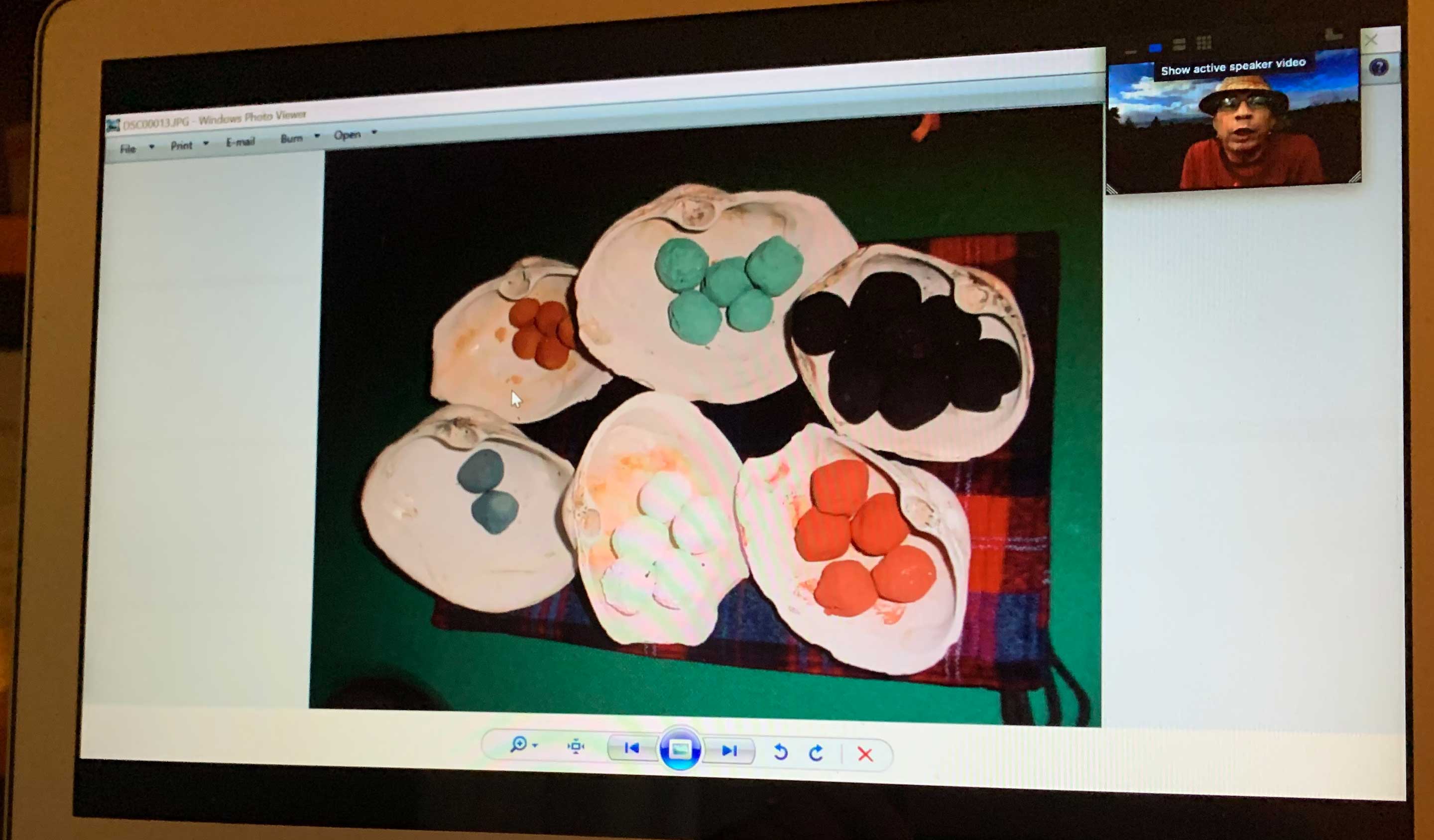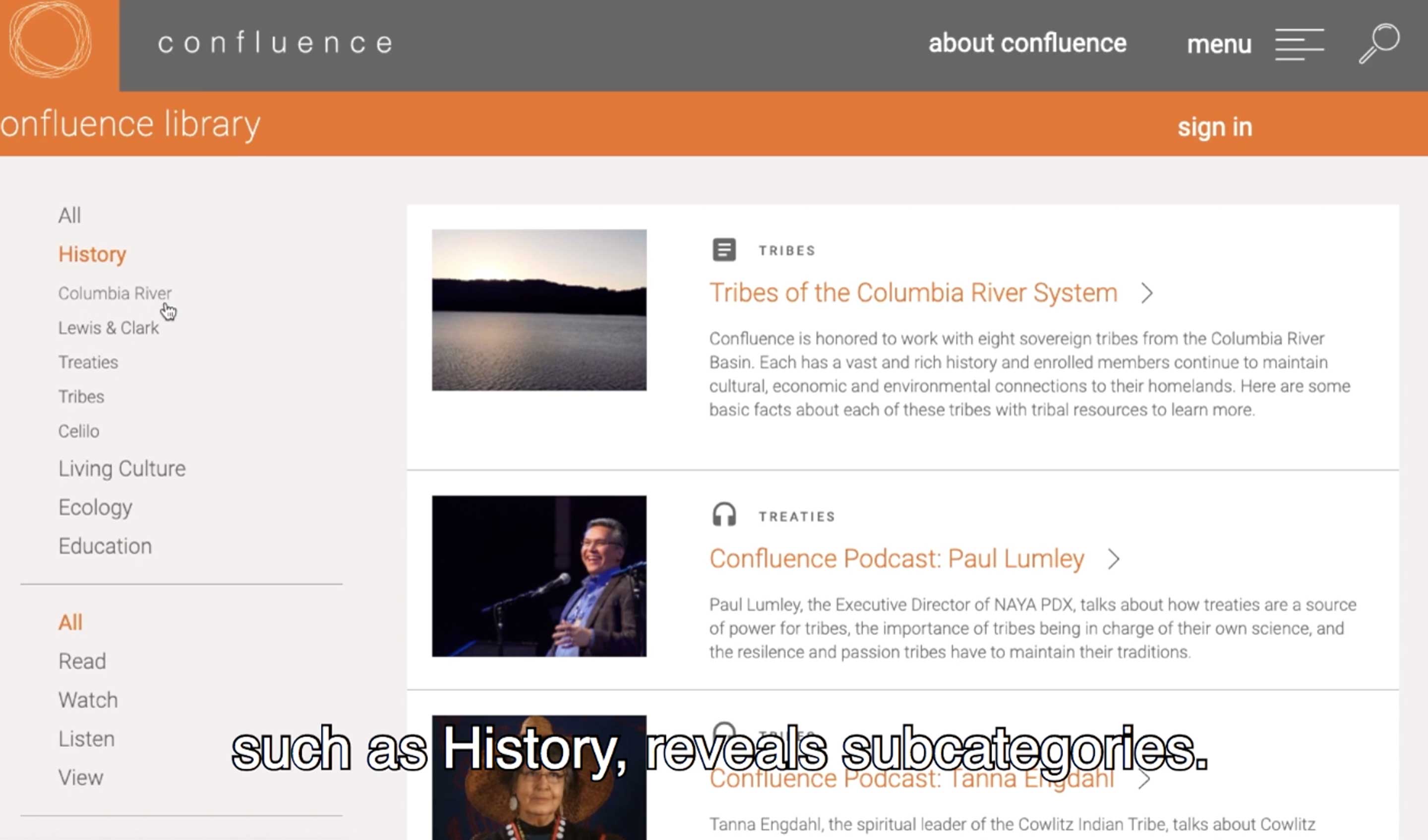Confluence Library
This field guide was created as part of Confluence’s education programs connecting students with the history, culture, and ecology at the Confluence Land Bridge in Vancouver, WA. It is designed to guide you though what you see, hear, and feel there, and prompt thinking about changes in the landscape.
Read here on how to weclome a Native educator in your classroom for a residency or field trip
Last month, more than 25 educators gathered in our first-ever Confluence conference. A culmination of the Confluence learning community, it was the first time many of the participants had met in person. Today, we’re talking with Confluence staff members Heather Gurko and Daria Martin Bigham and educators Kavika Kalama and Katherine Philips about the Confluence approach to education, which focuses on uplifting Indigenous voices.
In today’s episode, Confluence takes a look at our education program and how reciprocity appears in education. We’ll hear from Heather Gurko, Confluence Education Manager and three Confluence Educator.
In today’s episode, Confluence takes a look inward, specifically at Confluence’s education programming in schools. Today, we’ll hear from three of those educators about what they do with students and why, including Emma Johnson and Christine and Clifton Bruno.
“During the winter, I listened to my father telling me Native legends to put me to sleep. He told the legends over and over again. I was covered up with many quilts made by long hands by Mom, Aunty, and Grandma. There would be the crackling of the fire in the wood stove while the winter wind blew outside. I was safe and secure”…Read this article by Ed Edmo on Storytelling.
Indigenous knowledge production happens in various locations and through many methods. Indigenous scholars around the world are prioritizing the teachings of our ancestors and decentering Western frameworks. We are Rachel Cushman, an enrolled citizen of the Chinook Indian Nation, and Dr. Chance White Eyes, an enrolled citizen of the Oneida Nation of Wisconsin. We both work within the academy, actively disrupting Western frameworks and colonial structures.
Over the next seven weeks until the week of Thanksgiving, Confluence will be sharing resources centered around the 6 Critical Orientations for Indigenous Studies Curriculum. This post summarizes all the resources from our Intro Week.
This document provides information on virtually welcoming an Indigenous Educator/Artist into the classroom and preparing a class for their visit.
This video goes over how to navigate Confluence Library and how you can save items for your personal library.

